- Empty cart.
- Continue Shopping
Milk Sapota
Original price was: ₹600.00.₹300.00Current price is: ₹300.00.
Genus : Spondias
“Indulge in the creamy and sweet goodness of milk sapotas with our Milk Sapota Fruit Plant. This tropical fruit plant produces delicious fruits with a unique taste and smooth texture. With its attractive foliage and compact size, it’s perfect for both small gardens and containers. The milk sapota fruit is highly sought after for its rich flavor and versatility in various culinary preparations. Order now and experience the joy of growing and savoring your own milk sapotas at home.”
Milk Sapota, also known as Chikoo or Sapodilla (Manilkara zapota), is a tropical fruit tree that belongs to the Sapotaceae family. It is native to Mexico, but it is now grown in many parts of the world, including Asia, the Caribbean, and South America. The tree can grow up to 30 meters tall and has a dense crown of glossy, evergreen leaves.
The fruit of the Milk Sapota tree is a round or oval-shaped berry that is brown in color with a rough, sandy texture on the outside. The flesh is brown or beige and has a sweet, caramel-like flavor that is similar to a pear or brown sugar. The fruit contains several black seeds that are edible when roasted or boiled.
Milk Sapota fruit is a popular ingredient in desserts, smoothies, and milkshakes. The fruit is also consumed as a snack and is a good source of dietary fiber, vitamin C, and potassium. The tree is also valued for its latex, which can be used to produce chewing gum and other products.
Growing Milk Sapota trees requires a warm, tropical climate with plenty of sunlight and well-draining soil. The tree is relatively low maintenance and can tolerate periods of drought. Propagation is typically done by seed, but grafting and budding methods can also be used. The tree can begin producing fruit within five to seven years after planting. The tree is vulnerable to certain pests and diseases, including fruit flies and root rot, which can be controlled with appropriate management practices.

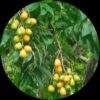
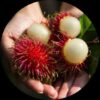

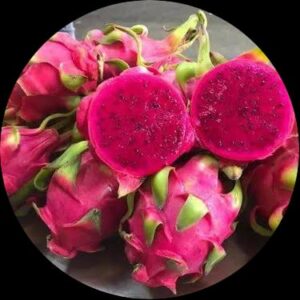

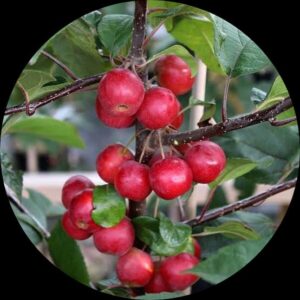
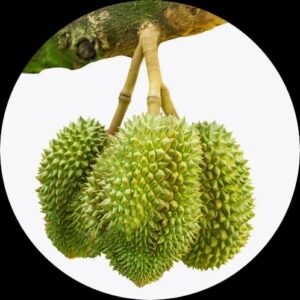

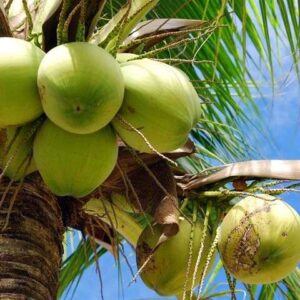
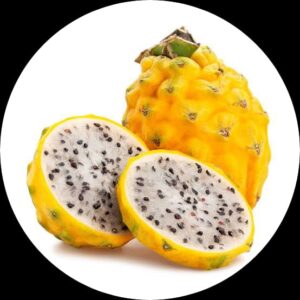

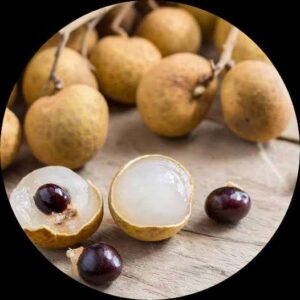
Reviews
There are no reviews yet.